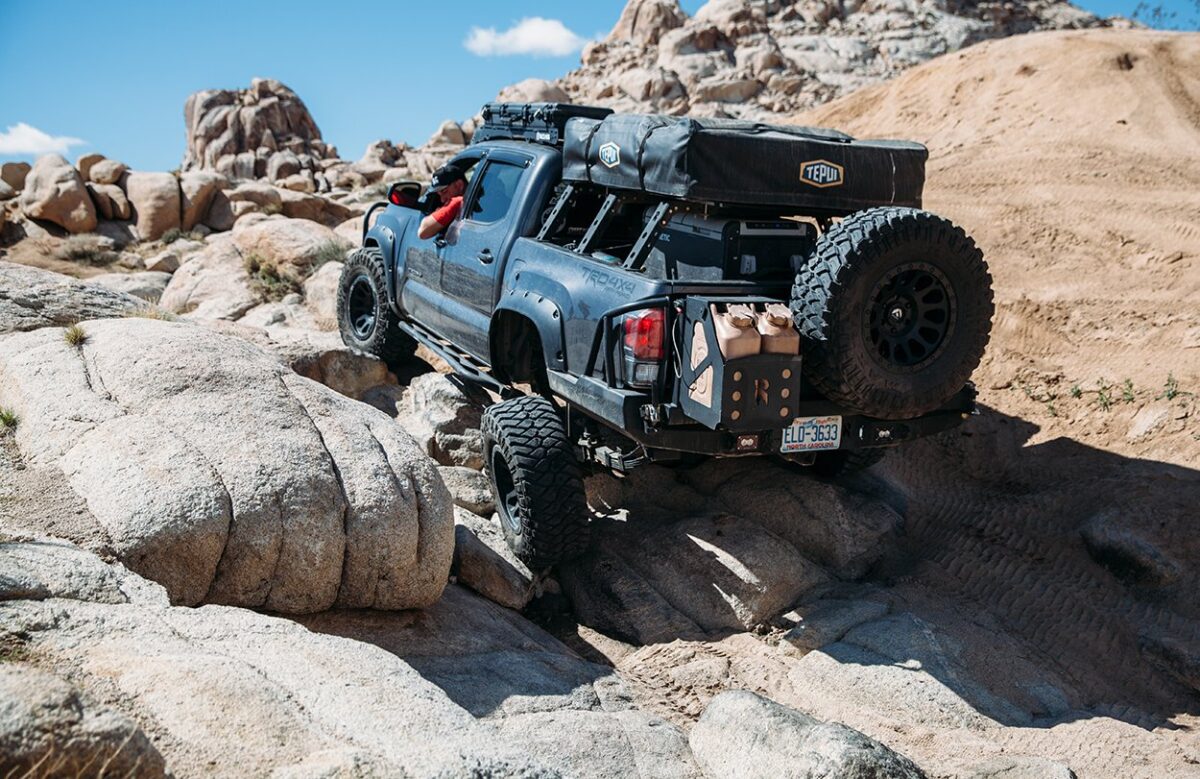Clamshell roof top tents have revolutionized the way outdoor enthusiasts experience camping. These innovative tents offer convenience, comfort, and ease of use, making them a popular choice for adventurers. In the following text, we’ll examine the Clamshell Roof Top Tent, drawing attention to their key traits and benefits. Whether you’re a seasoned camper or new to the world of rooftop camping, these tents are worth considering for your next outdoor adventure.
Why Choose a Clamshell Tent?
Clamshell tents have gained popularity for several reasons:
1. Ease of Setup: Clamshell tents are incredibly easy to set up. They typically feature a simple one-person operation, allowing you to have your camp ready in minutes.
2. Compact Design: These tents have a streamlined design that doesn’t add much height to your vehicle. This makes them aerodynamic and fuel-efficient.
3. Comfort: Clamshell tents often come with comfortable mattresses and built-in bedding, ensuring a good night’s sleep.
4. Weather Resistance: Most clamshell tents are designed to withstand various weather conditions, from rain and wind to snow and intense heat.
Now, let’s dive into the top four clamshell roof top tents that have captured the attention of outdoor enthusiasts.
1. I camper Sky camp 2.0
The I camper Sky camp 2.0 – A Rooftop Paradise
The I camper Sky camp 2.0 is a highly regarded clamshell roof tent known for its spacious interior and easy setup. Here are some of its key features
– Sleeps Four: With a capacity to sleep four people comfortably, this tent is perfect for family camping trips.
– Hardshell Design: The hardshell construction provides durability and protection from the elements.
– Aerodynamic Shape: The Sky camp 2.0’s aerodynamic design minimizes wind resistance and noise during travel.
– Expandable It features a unique expandable design, providing ample room for sleeping and relaxing.
2. Tepui Hy box
The Tepui Hy box – Versatility and Style
The Tepui Hy box is a versatile clamshell top tent that combines functionality with style. Here’s what sets it apart
– 2-in-1 Design The Hy box doubles as both a rooftop tent and a cargo box, making it ideal for adventurers who need extra storage.
– Low Profile Its low profile minimizes drag, making it suitable for fuel-efficient vehicles.
– High-Quality Materials Tepui is known for using premium materials in their tents, ensuring longevity and performance.
3. Alu-Cab Gen 3 Expedition Tent
The Alu-Cab Gen 3 Expedition Tent – Rugged and Ready
The Alu-Cab Gen 3 Expedition Tent is designed for rugged exploration and adventure. Here’s why it’s a top choice
– 360-Degree Views: With large windows on all sides, you can enjoy breathtaking panoramic views from the comfort of your tent.
– Quick Setup: The Gen 3 Expedition Tent boasts a rapid setup, so you can spend less time pitching and more time exploring.
– Built-in Accessories: It comes equipped with handy features like interior lighting and USB charging ports.
4. Roof nest Falcon
The Roof nest Falcon – Lightweight Luxury
The Roof nest Falcon is a lightweight and luxurious clamshell top tent. Here’s what makes it stand out
Lightweight Construction: The Falcon’s lightweight design won’t weigh down your vehicle, making it ideal for smaller cars.
Memory Foam Mattress: It features a comfortable memory foam mattress for a restful night’s sleep.
– Spacious Interior: Despite its compact size, the Falcon offers a roomy interior with plenty of headroom.
Frequently Asked Questions
FAQs About Clamshell Roof Tents
Let’s address some common questions related to clamshell top tents
1. Are clamshell top tents easy to install?
Yes, most clamshell tents are designed for easy installation. They typically come with mounting hardware and can be set up by one person.
2. Can I leave my bedding inside the tent when it’s closed?
Yes, many clamshell tents allow you to leave your bedding and other essentials inside when folded, saving you time on setup and teardown.
3. Do I need a roof rack to install a clamshell tent?
Yes, you will need a roof rack or crossbars on your vehicle to securely mount a clamshell top tent. Make sure your roof rack is compatible with the tent you choose.
4. Are clamshell tents suitable for all seasons?
Most clamshell tents are designed for three-season camping, suitable for spring, summer, and fall. However, some models are equipped for winter camping with additional insulation and features.
Conclusion
Clamshell Roof Top Tent offer a convenient and comfortable way to elevate your camping experience. The top four tents mentioned in this article, the I camper Sky camp 2.0, Tepui Hy box, Alu-Cab Gen 3 Expedition Tent, and Roof nest Falcon, each have their unique features and advantages. Whether you’re looking for spaciousness, versatility, ruggedness, or lightweight luxury, there’s a clamshell roof tent to match your camping style. Explore these options and take your outdoor adventures to new heights with the perfect rooftop tent for your needs.



